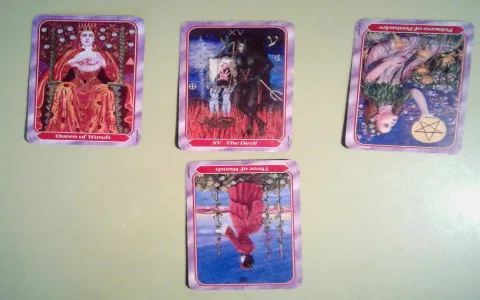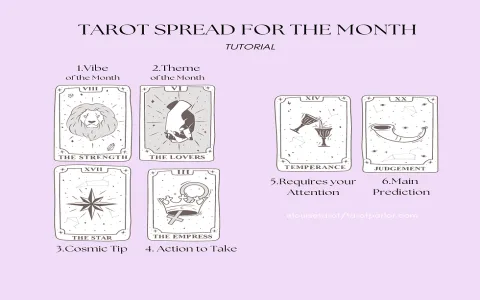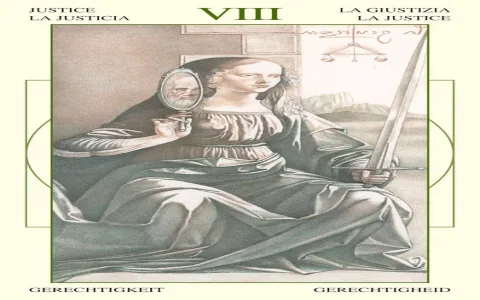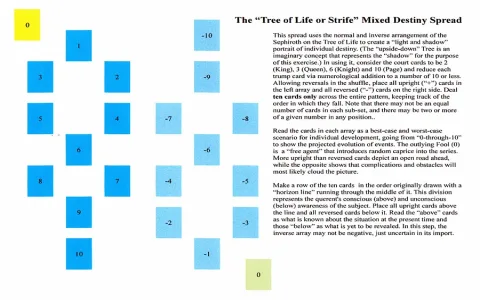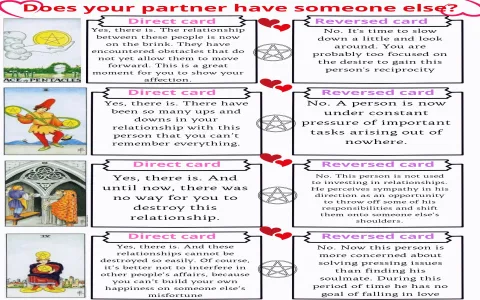Man, I gotta tell you, for years I read all the Tarot books, and I mean ALL of them. The ones with the fancy covers, the ones that cost a fortune, and the cheap ones from the bookstore clearance bin. And every time I got to the Devil card, Upright or Reversed, it was the same vague, useless crap: “materialism,” “temptation,” “feeling restricted.” It’s total bullshit. It never matched what I saw happening in real life or in readings for friends. It’s like these authors never actually pulled the damn card during a crisis.
I got fed up. I decided I was going to strip away the fluff and figure out what the difference actually was, practically speaking. This wasn’t some gentle academic exercise. This was a necessity, because my own life felt like it was spiraling into a deep pit, and frankly, I needed to know if I was shackled or just tripping over my own feet.
The Catalyst: When the Walls Closed In
I remember exactly when I started this deep dive. It was about a year and a half ago. I had been trying to get my finances straight after a truly horrendous run of bad investment choices and stupid impulse buys—like buying a vintage motorcycle I couldn’t afford and then couldn’t fix. I was stressing, I was anxious, and every time I pulled a deck for some guidance, there was the Devil, grinning at me.
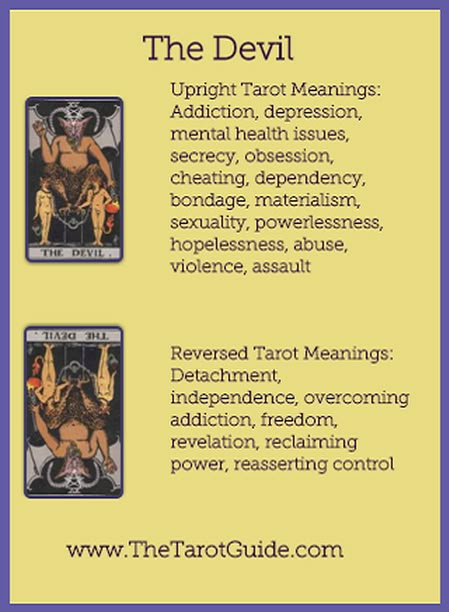
My old mentor, bless his heart, kept saying, “Oh, it’s just telling you to examine your material attachments.” Examine? No, pal, I needed a crowbar to pry my Visa card out of my hand. The fluffy explanation just made me angrier. It wasn’t ‘material attachment’; it was straight-up bondage to stupid crap I didn’t need.
So, I started a practical experiment. For 90 days, I committed to tracking every instance the Devil came up and correlating it directly to a tangible event, specifically related to finance and self-control. No more vague feelings. Only actions and consequences. I kept three decks running just to ensure the message wasn’t just a fluke in one pile.
Drilling Down: What the Upright Devil Actually Does
The standard interpretation is always about feeling trapped. My practice showed something much more brutal. The Upright Devil isn’t about feeling restricted; it means you are actually restricted, and you probably set the cuffs yourself.
- When the Upright Devil popped up, I would inevitably fail a willpower test that day. Maybe I told myself I wouldn’t touch social media, and three hours later, I realized I’d just doom-scrolled myself into oblivion.
- Financially, it was catastrophic. Upright Devil meant I bought something big, something unnecessary, usually something that locked me into a payment plan or debt—the literal chains of commerce.
- It wasn’t a warning; it was a summary of the current state of affairs: “Dude, you are currently bound by your worst habit, zero exceptions.” It wasn’t temptation; it was the consequence of surrender.
I realized that when the Devil is Upright, you are completely blind to the possibility of freedom. You’ve accepted the chains as comfortable. That was the shocking bit. I thought I was struggling against the chains, but the card was telling me I was actually curled up enjoying the warmth of my self-made prison.
The Shocking Difference: The Devil Reversed is a Messy Explosion
Now, the books tell you the Reversed Devil means freedom, liberation, breaking the chains. Sounds great, right? Like sunshine and rainbows? WRONG. When I started tracking the Reversed Devil, the energy was way more chaotic than the Upright version.
The Upright Devil is a stable, controlled form of bondage. The Reversed Devil? That’s when you start sawing violently at the cuffs. It’s not automatic freedom; it’s the moment of realization and resistance, which often looks ugly as hell.
I logged three major instances where the Reversed Devil showed up prominently in a week’s reading:
- The first time, I finally blew up at a shady repair guy who was clearly ripping me off for the motorcycle. I lost my temper completely, screamed, walked out, and immediately had to find a new mechanic (more stress, more hassle). It wasn’t smooth liberation; it was a nasty fight to break free from the scam.
- The second instance: I finally went through my credit card statements and aggressively canceled subscriptions and memberships I hadn’t used in months. It took two full days of painful customer service calls, arguing, and realizing how much money I’d wasted. It felt terrible, like ripping off a huge scab.
- The third time was the biggest shift. I actually went completely cold turkey on the main addiction I was tracking (buying electronics). The following two weeks were miserable. Intense anxiety, sleepless nights, constantly wanting to cave. The card wasn’t saying “you are free,” it was saying “you are actively fighting to be free, and it sucks.”
The shocker? The Reversed Devil is the pain of emancipation. It means you’ve finally seen the chains, and now you have to do the dirty work of snapping them. It’s not a graceful escape; it’s a desperate, messy scramble out of the pit. That’s the practical, shocking difference the books never tell you.
If you see the Upright Devil, you’re screwed and comfortable with it. If you see the Reversed Devil, you’re about to put in some serious, painful labor, but at least you know you have a chance. That clarity alone made the whole 90-day tracking effort completely worth the wasted printer ink and the hours spent agonizing over my past financial disasters.
Forget the vague spiritual nonsense. Go track your worst habit with these two cards. You’ll see the difference. It’s ugly, but it’s real.

